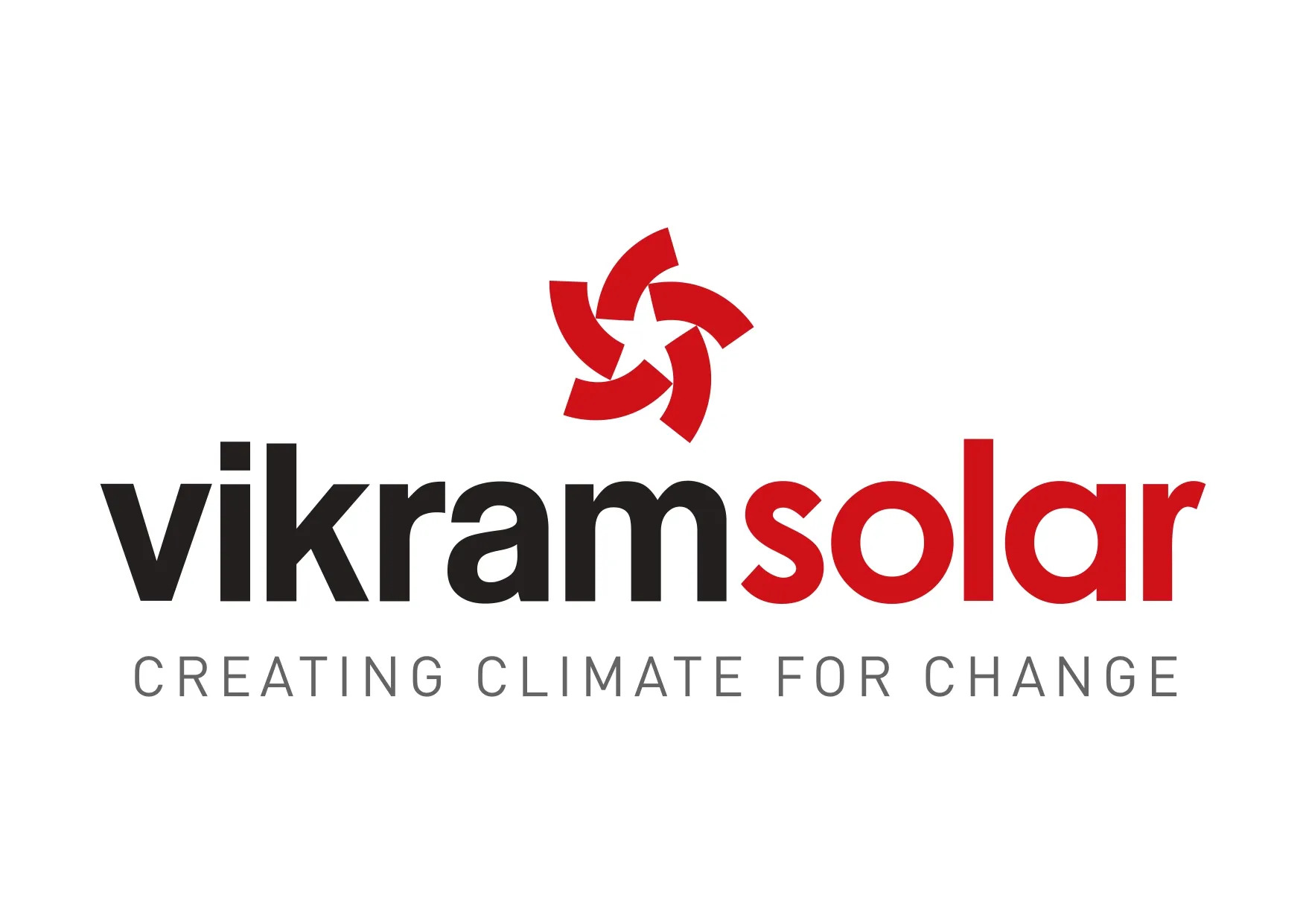Vikram Solar's Expansion: Pioneering Solid-State Battery Manufacturing in India
Key Ideas
- Vikram Solar is establishing a one GWh solid-state cell and battery manufacturing facility that will expand to five GWh, enhancing India's domestic battery production capabilities.
- The collaboration with Entity2 Energy Storage Pvt Ltd. on non-lithium solid-state battery technologies showcases Vikram Solar's commitment to innovation and self-reliance.
- India's renewable energy ambitions, aiming to meet 50% of energy needs from renewables by 2030, are driving investments in clean energy, battery storage, and green hydrogen production.
- Despite challenges like high initial costs, India's focus on green initiatives and energy storage solutions positions the country as a global leader in sustainable energy.
Vikram Solar, a leading solar photovoltaic module manufacturer in India, is embarking on a groundbreaking venture by establishing a one GWh fully integrated solid-state cell and battery manufacturing facility. This state-of-the-art facility will include a proprietary battery management system and is designed to eventually scale up to five GWh, illustrating Vikram Solar's commitment to meeting the increasing global energy demands. The expansion not only signifies a significant stride in India's domestic battery production capabilities but also aligns with the country's push towards self-reliance in renewable energy. Gyanesh Chaudhary, the Chairman and Managing Director of Vikram Solar, highlighted the company's dedication to supporting India's 'Atmanirbharta' vision by manufacturing solid-state batteries with a majority of India-made components. The collaboration with Entity2 Energy Storage Pvt Ltd. on non-lithium solid-state battery technologies further emphasizes Vikram Solar's focus on innovation and scalable energy storage solutions.
India's renewable energy ambitions are underscored by a revised target to fulfill 50% of its energy needs from renewable sources by 2030, prompting investments in battery storage infrastructure, green hydrogen, and clean energy technologies. The country's growing portfolio includes major solar and wind installations, with plans to diversify into hydropower and bioenergy, reducing reliance on fossil fuels. Despite challenges such as high initial project costs, land requirements, and infrastructure improvements, India's government initiatives like the National Solar Mission and investments in green hydrogen position the nation as a frontrunner in clean energy.
Moreover, India is aiming to produce five million metric tons of green hydrogen annually by 2030, highlighting its commitment to reducing carbon emissions and ensuring long-term energy security. Through sustainable practices, technological advancements, and a strong emphasis on environmental consciousness, India is on a trajectory to lead the global transition towards clean and renewable energy. By focusing on sustainability and green initiatives, India not only seeks to diminish carbon emissions but also strengthen its energy independence in the long run.
Topics
India
Green Hydrogen
Renewable Energy
Clean Energy
Sustainability
Government Initiatives
Battery Storage
Technology Collaboration
Renewable Energy Targets
Latest News
